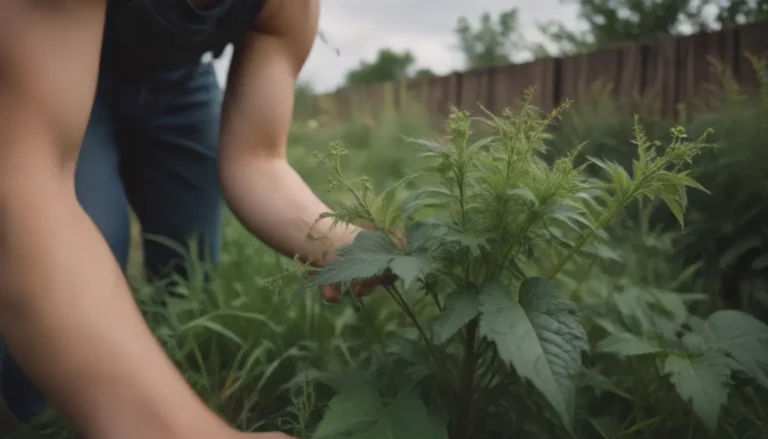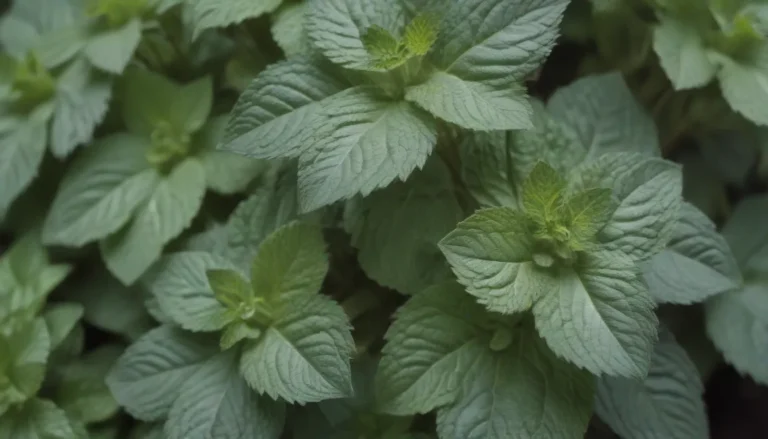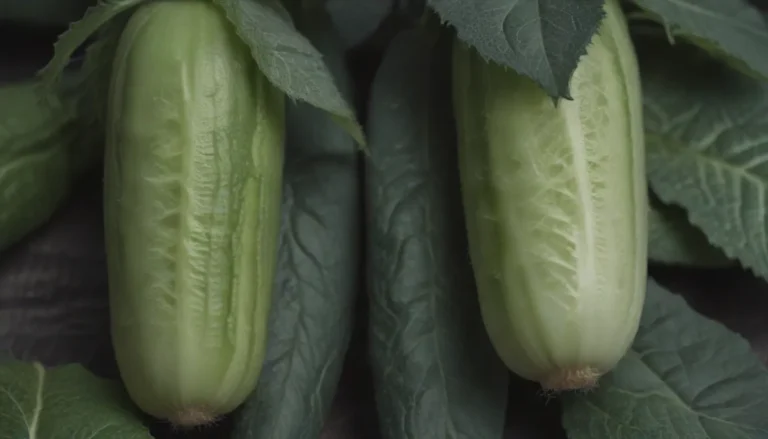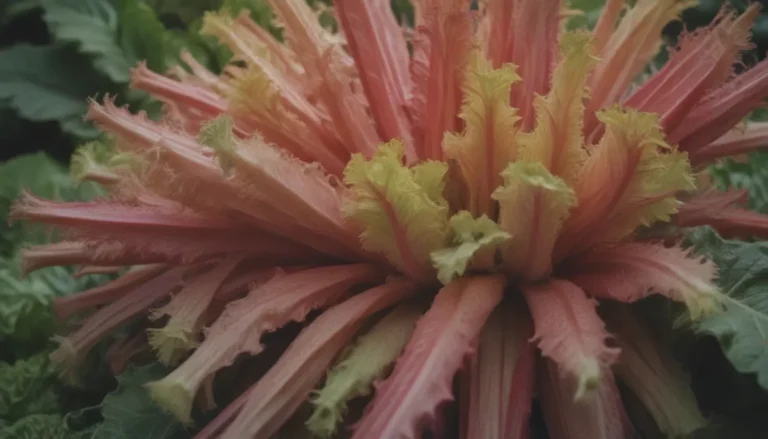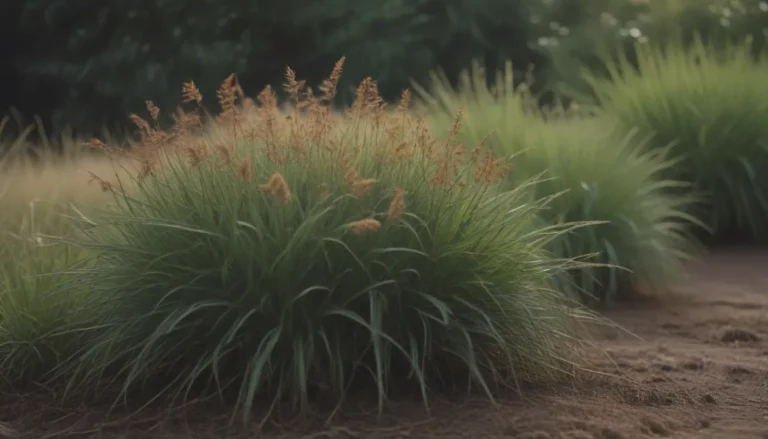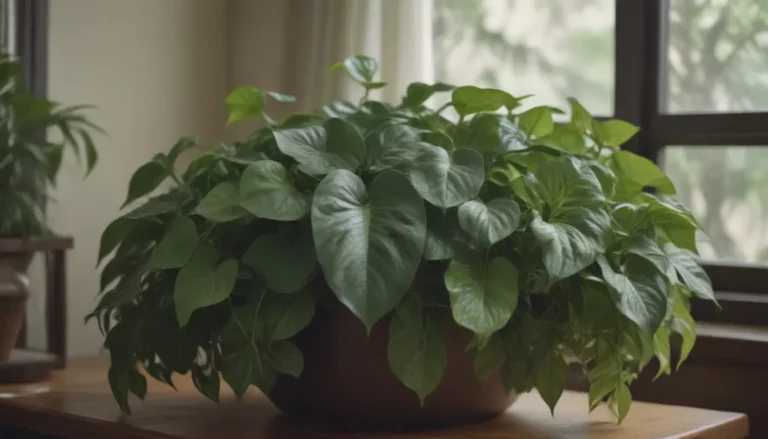Everything You Need to Know About Carnations: A Comprehensive Plant Care and Growing Guide

Carnations are a beloved flower that has been gifted in many different forms over the years. Whether you’ve received a carnation corsage, boutonniere, or bouquet, these flowers hold a special place in many people’s hearts. In this in-depth guide, we will explore everything you need to know about planting, caring for, and growing carnations to ensure they thrive in your garden.
Understanding Carnations
Carnations, also known as Dianthus caryophyllus, are perennials that are widely used as cut flowers. They are part of the dianthus family and are commonly referred to as pinks due to their natural color range, which includes shades of pink, white, coral, and red. These flowers have a distinctive ruffled appearance and a faintly clove-like scent that is adored by many.
Carnation Meaning and Symbolism
The history of carnations dates back over two thousand years, with mentions of them in ancient Greek texts. While their exact origins are debated, some botanists believe they originated in the Mediterranean region. The name “Dianthus” comes from the Greek term for “divine flower,” while “carnation” is a Latin word meaning “crown” or “garland.” Carnations are often associated with captivation, distinction, and love, particularly motherly love. In Christian legend, the tears of the Virgin Mary are said to have turned into carnations, further solidifying their connection to maternal love.
Carnation Care Tips
Caring for carnations is relatively straightforward, but there are some key factors to keep in mind to ensure they thrive in your garden.
Light
Carnations thrive in full sun but can tolerate partial shade as well. To keep their colors vibrant, plant them where they will receive morning sun and avoid excessive afternoon sun exposure.
Plant your carnations where they’ll get morning sun
Soil
Carnations require well-draining alkaline soil to thrive. If your soil is acidic, consider adding lime when planting to create a more suitable environment for these flowers.
Alkaline soil tends to have slightly higher concentrations of calcium, magnesium, and sodium
Water
While carnations are relatively drought-tolerant, they need regular watering, especially during the spring when flower buds are forming. Avoid overwatering to prevent yellowing leaves and drooping petals.
Water at the base of the plant
Temperature and Humidity
Carnations prefer a warm environment but may wilt in extreme heat. They do best in low humidity conditions, but a light misting of water during hot weather can help cool them down.
An occasional light spritz of cool water during very hot weather may help cool them down a bit
Fertilizer
When it comes to fertilizing carnations, less is more. A small amount of slow-release fertilizer is sufficient to support healthy growth without risking root damage or overfertilization.
Newly growing carnations can benefit from a small amount of slow-release fertilizer
Types of Carnations
There are three main types of carnations available to home growers: large-flowered carnations, dwarf-flowered carnations, and spray or miniature carnations. Each type offers unique characteristics that cater to different preferences.
Some popular cultivars include:
– Chabaud carnations
– Spray carnations
– Full double-petaled carnations
Growing Carnations in Your Garden
When to Plant Carnations
If you’re starting carnations from seed, choose cultivars suitable for your growing zone and start them indoors about six to eight weeks before the last frost date. Alternatively, you can sow seeds outdoors after the frost season has ended, but keep in mind they may not bloom the first year.
Be sure to select cultivars suitable for your growing zone
How to Plant Carnations
Plant carnation seeds in well-draining potting soil, keeping them moist and warm until germination occurs. Transplant seedlings into individual containers once they reach a height of 4 to 5 inches before moving them outdoors.
Keep them moist with a mist sprayer, and wrap the planting container loosely with plastic to create a greenhouse effect
Propagating Carnations
In addition to growing carnations from seed, you can propagate them through cuttings or division.
Propagating Carnations from Cuttings
Professional carnation farmers often propagate carnations from cuttings taken from terminal flowers. These cuttings are inserted into sand and ready for transplantation in about 25 to 30 days.
Propagating Carnations through Division
Dividing carnations every two to three years can rejuvenate old plants and promote healthy growth. Simply divide the plant and replant the sections to encourage new growth.
It’s easy to neaten up old, raggedy carnation plants in your garden by division
Potting and Repotting
Potted carnations can add a soft touch to your patio or garden. When repotting, ensure the new container has adequate drainage and space for root growth. Repot carnations that are root-bound or need refreshing, being careful not to overwater the plant.
Choose pots with drainage holes and repot as needed to encourage healthy growth
Overwintering Carnations
Carnations are cold-hardy plants that can survive tough winters with proper care. Cut the plants back before winter hits to promote new growth in the spring.
Cut the plants down to a few inches from the ground before winter hits
Common Pests and Diseases
Carnations are susceptible to pests such as aphids, spider mites, and cutworms, as well as fungal diseases like leaf spot and botrytis flower rot. Proper care and monitoring can help prevent these issues and keep your plants healthy.
Insecticidal soap can control aphids and spider mites
How to Get Carnations to Bloom
To encourage abundant carnation blooms, ensure they receive adequate sunlight and well-draining soil. Additionally, some simple techniques can help stubborn buds to open and thrive.
To open a resistant bloom, try brushing open the bud with the flower head of an older carnation
Common Problems with Carnations
While carnations are generally easy to care for, there are some common issues you may encounter, including brown blooms, yellowing leaves, holes in buds, and wilting stems. Identifying and addressing these problems promptly can help maintain the health of your plants.
If parts of the flower are browning, but also papery to the touch, along with spots of gray fuzz, the plants are suffering from botrytis flower rot
The Symbolism of Carnations
Different colors of carnations carry different meanings, making them a versatile flower for various occasions. From admiration to rejection, carnations can convey a range of emotions with their vibrant hues.
Pink carnations symbolize fondness, gratitude, and maternal love
In conclusion, by understanding the care and growing needs of carnations, you can enjoy these beautiful flowers in your garden year after year. With proper maintenance and attention to detail, your carnations will thrive and bring joy to your outdoor space. Whether you’re a seasoned gardener or a novice plant enthusiast, growing carnations can be a rewarding experience that adds beauty and charm to your landscape.
So, whether you’re planting carnations from seed or propagating them through cuttings, these versatile flowers are sure to brighten up your garden with their vibrant colors and delicate beauty.
Remember, patience is key when growing carnations; with the right care and attention, you’ll be rewarded with stunning blooms that will enhance your outdoor space for years to come. So go ahead, plant some carnations and watch as these lovely flowers transform your garden into a colorful oasis of beauty and fragrance. Happy gardening!
